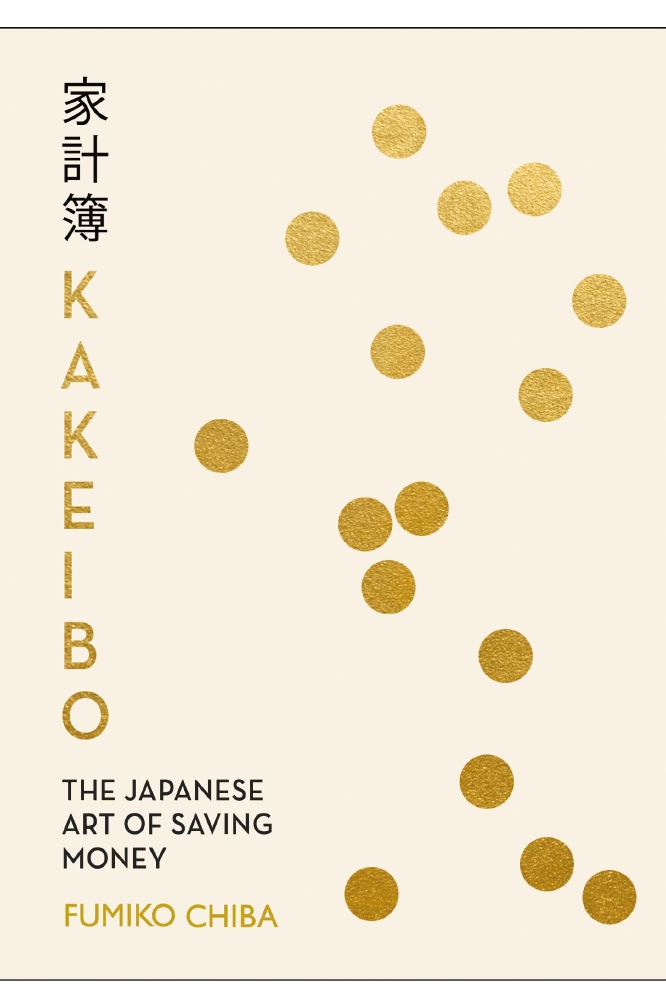From budgeting apps to Bitcoin, the world of money is increasingly moving into a digital realm. It has never been easier to see where our money is going, thanks to challenger banks like Monzo that instantly show us from our phones which categories we are spending the most on. But often, these apps become stressful daily reminders of where we are going wrong, leaving us none the wiser about how to manage our draining bank balance.

The Japanese Art of Saving Money
For those overwhelmed by technology or who find digital budgeting planners a chore, there is a much more calming version from Japan. Kakeibo: The Japanese Art of Saving Money is the first English language version of a traditional budgeting journal that has helped generations of people in Japan to manage their money.
The premise is simple: every month, you sit down with your kakeibo journal and think mindfully about how much you would like to save and what you need to do in order to reach your goal. The kakeibo then gives you space to jot down your weekly spending and reflect on the month just gone.
In Japan, a typical kakeibo-owner would sit down on payday with their journal and carefully plan how much money is coming in and what this will be spent on. With the income for the month physically gathered in front of them, they would then divide the money into categories – rent, bills, food, leisure, travel, savings – and put a pre-planned amount for each into envelopes.
It is easy to forget how the ease with which we can now access our money, while rarely physically seeing it, has changed our relationship with spending. When you carry a bank card, the limit on how much you can spend is only limited by how much you have on your card. In Japan, bank cards are much less prevalent than in the West, and it is very much a cash society. So in contrast, when physically carrying your spending money for the day, you are more likely to self-impose a spending limit by not taking more than you need to get by.
Even if you are not ready for the envelope technique or nervous about carrying cash on you, the principles of planning your spending in advance can be very helpful. Having calculated your spending limits and savings targets, the simple act of keeping your kakeibo journal ensures that saving is a part of your everyday life, while also giving you the opportunity to reflect and improve every month.
It is well-known that writing by hand improves memory and recall, so by jotting down your spending as you go along, you will find that you have a much better understanding of what you have spent, so that there are no surprises at the end of the month. Writing your spending down is an easier way of seeing, understanding and controlling your budget.

